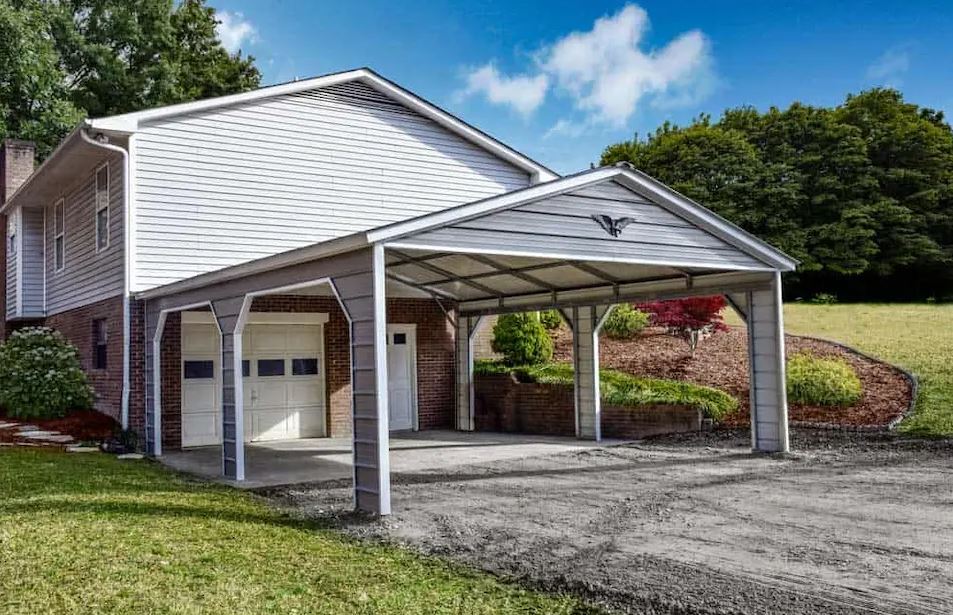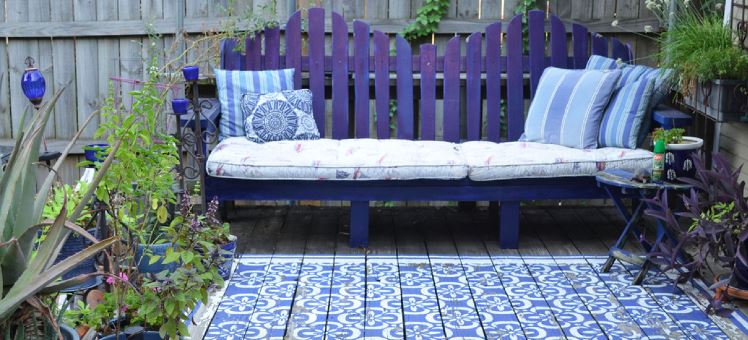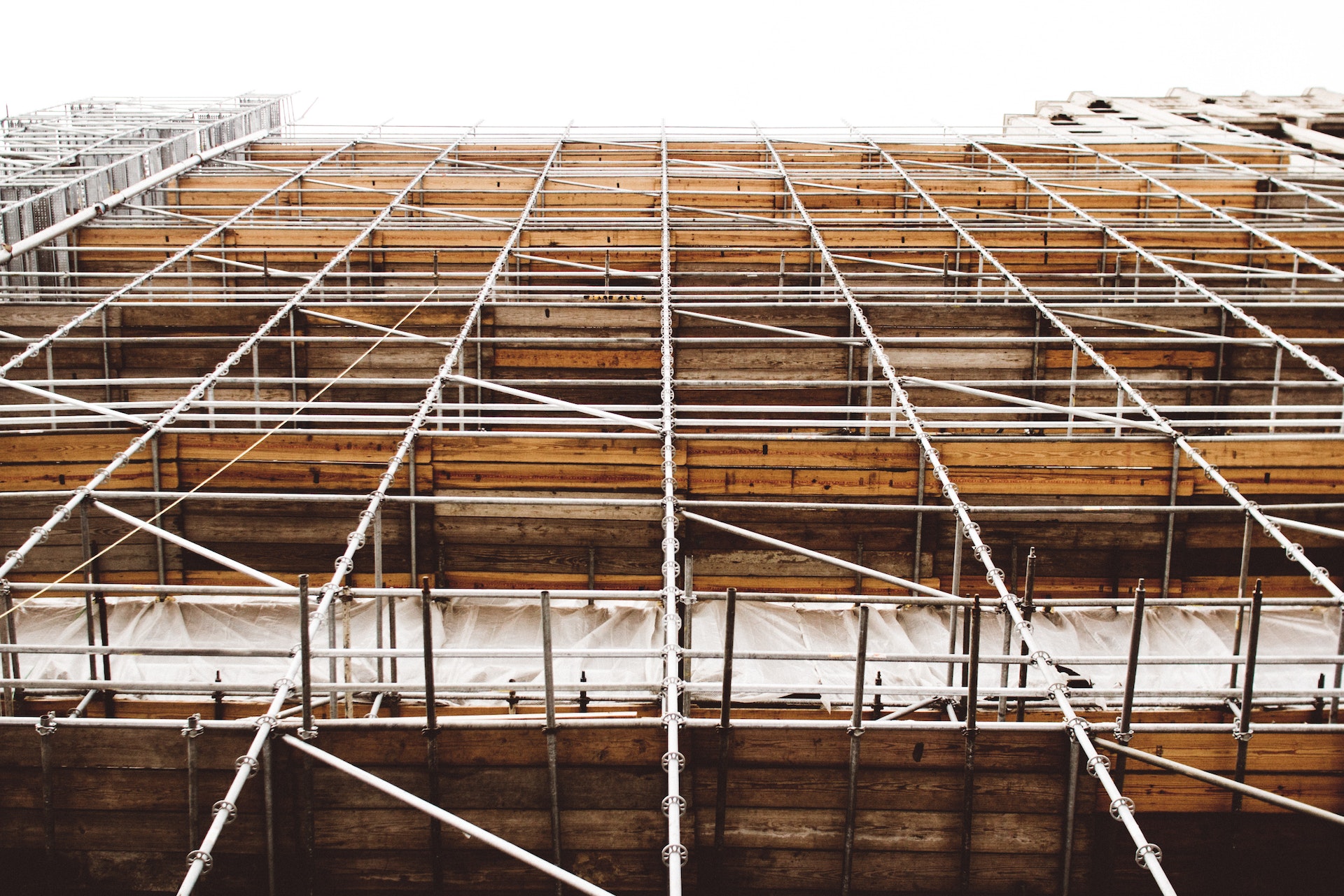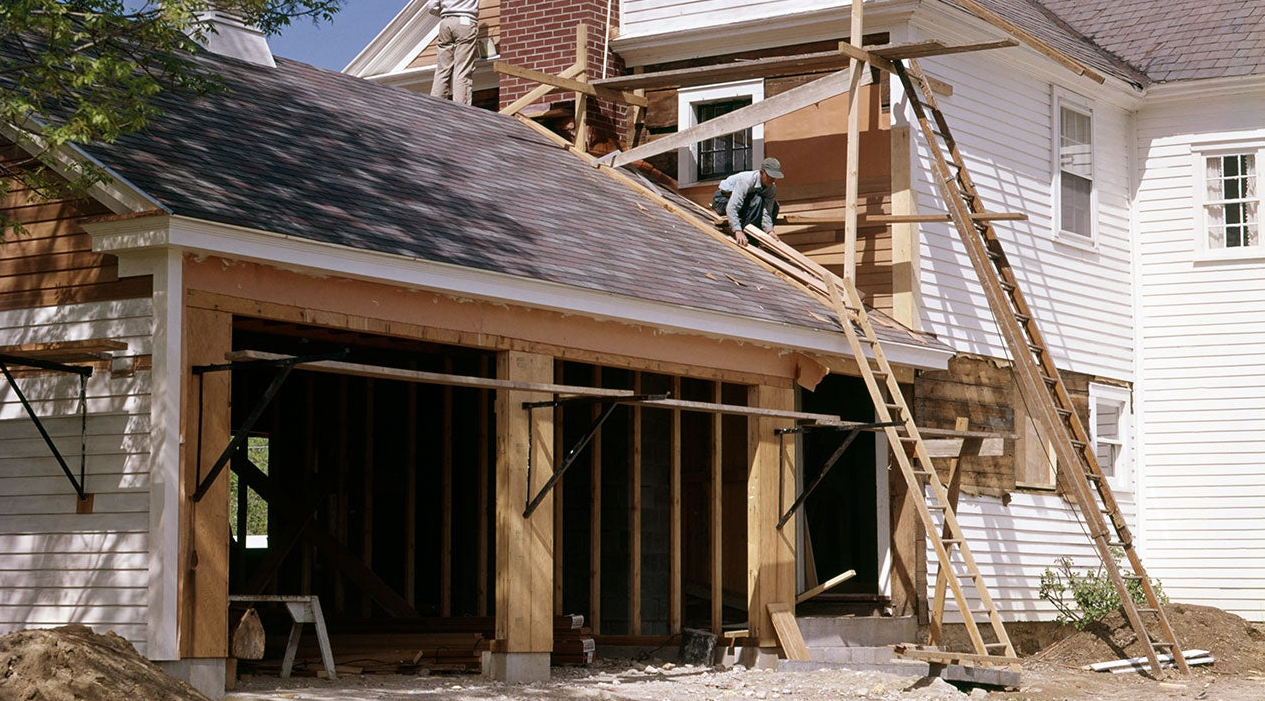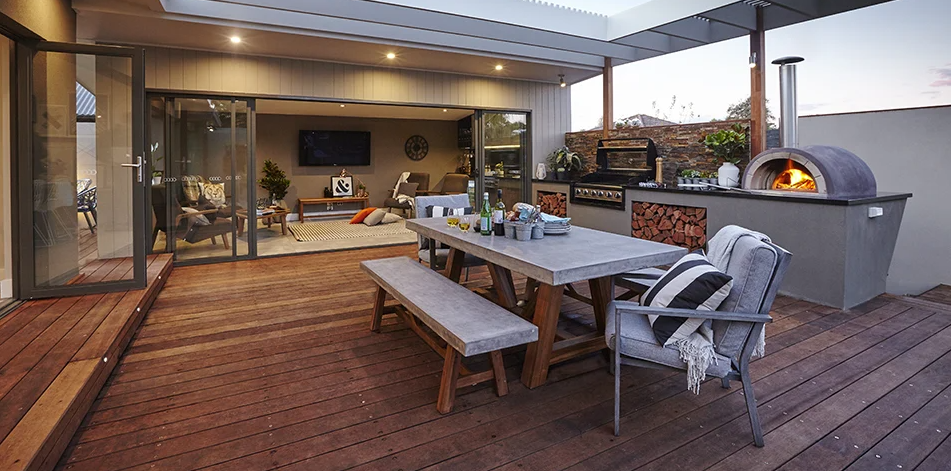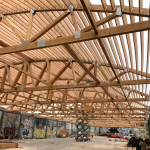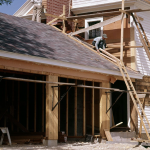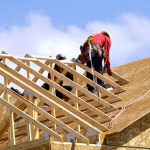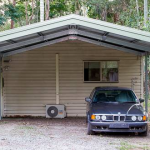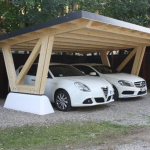Weatherproofing Your Carport: Essential Maintenance Tips
Maintaining a carport is essential not just for the longevity of the structure itself but also for the protection of vehicles and other items stored within. These outdoor structures are constantly exposed to the elements, making them susceptible to damage over time. Weather phenomena such as rain, snow, wind, and the sun’s UV rays can all contribute to the deterioration of a carport. In this post, we’ll delve into the critical steps and measures you can take to weatherproof your carport, ensuring it remains a sturdy, reliable shelter for years to come.
The Basics of Weatherproofing Your Carport
Weatherproofing involves a series of actions designed to protect your carport from the adverse effects of weather conditions. Implementing these measures can prevent water damage, reduce the risk of rust and structural weakening, and shield the carport from harmful UV radiation. Regular maintenance is crucial; it not only extends the lifespan of the carport but also safeguards the vehicles and items stored under it. A well-maintained carport can withstand the rigours of adverse weather, providing reliable protection season after season.
Assessing Your Carport for Vulnerabilities
The first step in weatherproofing your carport is to thoroughly assess its current condition. This involves examining various components of the carport to identify any signs of wear and tear that could be exacerbated by weather conditions.
Inspection Checklist
- Roof: Check for any signs of leakage, missing panels, or damaged roofing material that could allow water to seep through.
- Supports: Inspect the structural supports for signs of rust, corrosion, or any weakening that could compromise the carport’s integrity.
- Flooring: Look for cracks, holes, or gaps in the floor that could let in water or pests.
- Drainage: Ensure the carport has adequate drainage to prevent water accumulation, which could lead to flooding and damage.
Identifying these vulnerabilities early on can help you address them before they become significant problems, saving you time and money in the long run.
Materials and Tools Needed for Weatherproofing
Once you’ve assessed your carport and identified areas that need attention, the next step is to gather the materials and tools required for the maintenance work. Here’s a list of recommended supplies:
Materials
- Sealants: High-quality waterproof sealants are crucial for sealing gaps and cracks in the roof and flooring, preventing water from penetrating the structure.
- Waterproof Paints: These paints provide additional protection against moisture and can help prevent rust and corrosion on metal surfaces.
- Rust Inhibitors: Applying rust inhibitors to metal components can protect them from corrosion, extending their lifespan.
Tools
- Brushes: You’ll need various brushes for applying paints, sealants, and rust inhibitors evenly across different surfaces.
- Caulking Gun: A caulking gun is essential for precisely applying sealant in gaps, cracks, and joints.
- Ladder: A sturdy ladder is necessary to safely reach higher parts of the carport for inspection and maintenance.
With these materials and tools, you’re well-equipped to start the weatherproofing process. It’s important to choose high-quality products that are suitable for the specific materials your carport is made of. This ensures that the protective measures you implement are effective and long-lasting.
Step-by-Step Weatherproofing Guide
Roof Maintenance
- Repairing Leaks: Begin by inspecting the roof for any leaks or damages. Use sealants to patch up small holes or cracks. For larger issues, consider replacing sections of the roofing material.
- Applying Waterproof Sealant or Coating: Once repairs are made, apply a waterproof sealant or coating to the entire roof surface. This creates a barrier against rain and snow, effectively preventing future leaks.
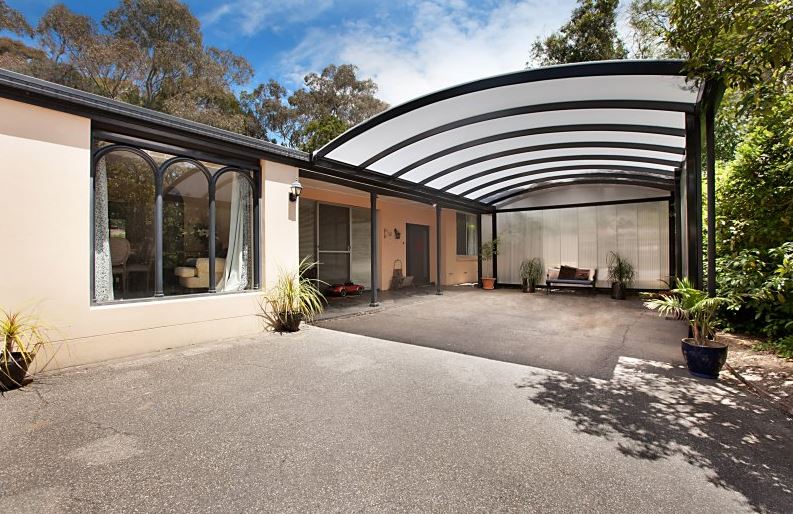
Strengthening Structural Supports
- Checking and Reinforcing Support Beams and Joints: Inspect the carport’s supports for any signs of weakness or damage. Strengthen these by adding additional supports or replacing weakened sections.
- Protecting Against Rust and Corrosion: Apply rust inhibitors and protective paints to metal parts to prevent corrosion. Regularly check these areas for signs of rust and reapply treatments as necessary.
Improving Flooring and Drainage
- Sealing Cracks and Gaps in the Floor: Use concrete sealant to fill in any cracks or gaps in the carport floor to prevent water entry and damage.
- Ensuring Proper Drainage: Ensure the area around your carport allows for effective water runoff. Install drainage systems if necessary to divert water away from the structure.
Windproofing Measures
- Installing Side Panels or Windbreaks: To protect against strong winds, consider installing side panels or windbreaks. These can significantly reduce wind impact and prevent damage to the carport and its contents.
- Securing the Carport to the Ground with Anchors: Ensure your carport is firmly anchored. This is crucial in areas prone to high winds or storms, as it prevents the structure from being uplifted.
Protection Against UV Damage
- Applying UV-resistant Coatings: Sun exposure can fade and weaken materials over time. Apply UV-resistant coatings to exposed surfaces to protect them from sun damage.
- Regularly Inspecting and Maintaining Protective Coatings: Check the condition of these coatings periodically and reapply as needed to maintain their effectiveness.
Regular Maintenance Schedule
Creating a seasonal maintenance checklist is key to keeping your carport in top condition. Include tasks such as inspecting the structure, cleaning gutters and drains, checking for rust, and reapplying protective coatings. Regular attention helps identify potential issues before they escalate, ensuring your carport remains weatherproof and durable.
Professional Help vs. DIY
While many weatherproofing tasks can be handled on a DIY basis, there are times when calling in a professional is advisable. Complex repairs, structural modifications, or installations that require specialized tools or knowledge may be best left to experts. Weigh the cost of professional services against the time and effort required for DIY to decide the best approach for your situation.
Weatherproofing your carport is not just about protecting a structure; it’s about safeguarding your investment in your vehicles and stored items. By following this comprehensive guide, you can take proactive steps to ensure your carport withstands the elements and serves its purpose for years. Remember, the time and resources you invest in maintenance today can save you from costly repairs and replacements. Take action now to protect your carport, and rest easy knowing your possessions are safely sheltered, no matter what the weather brings.…
Read More →
